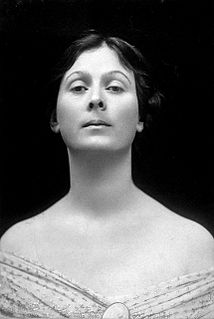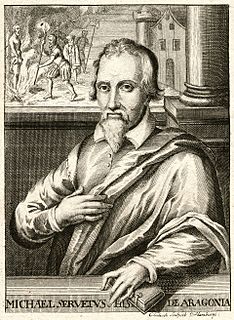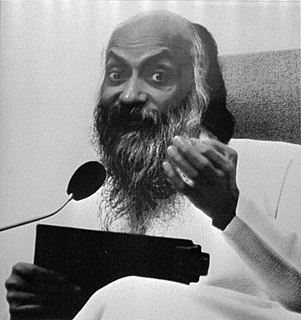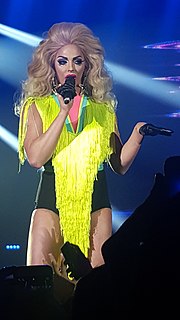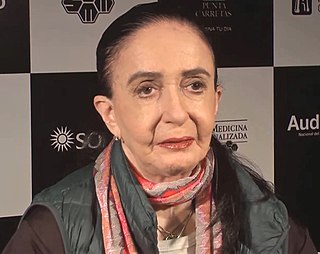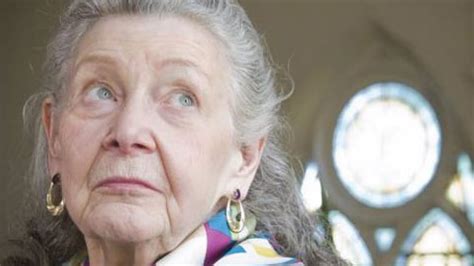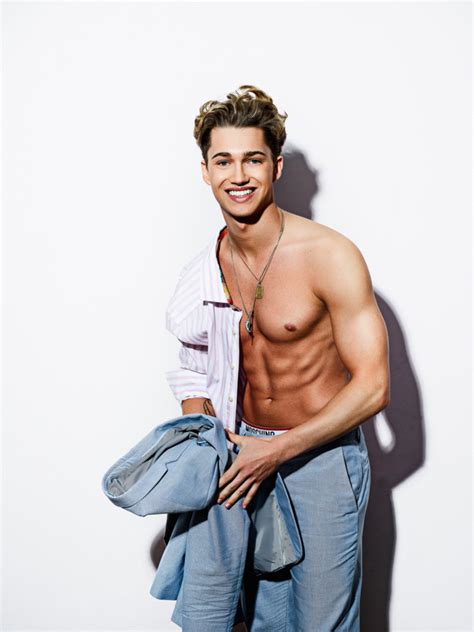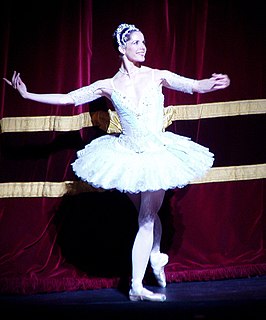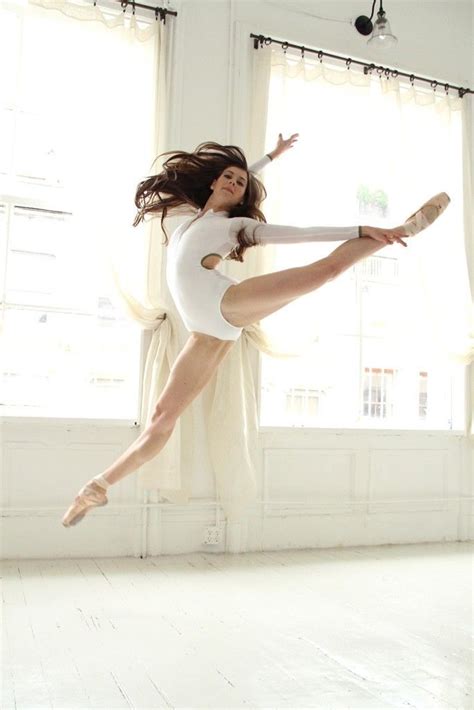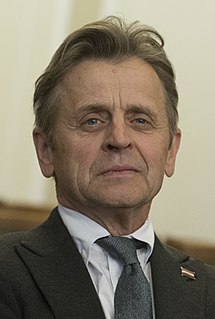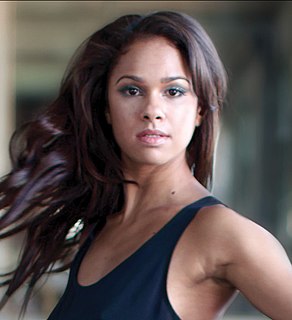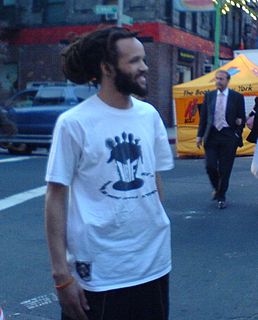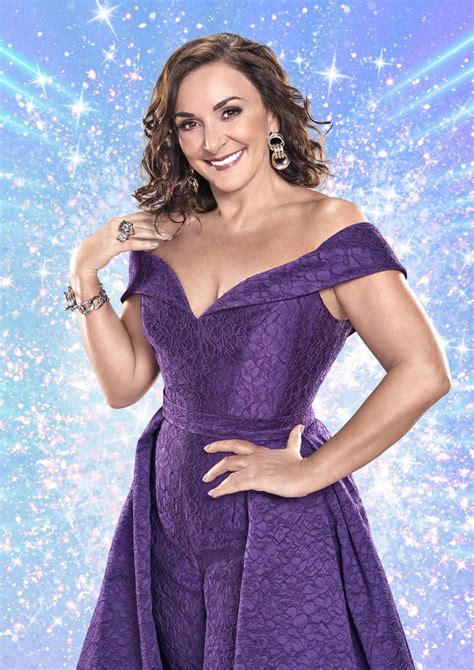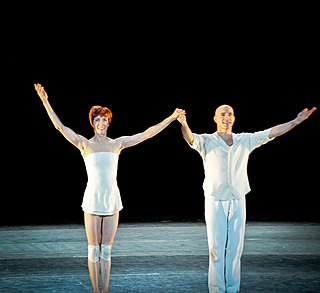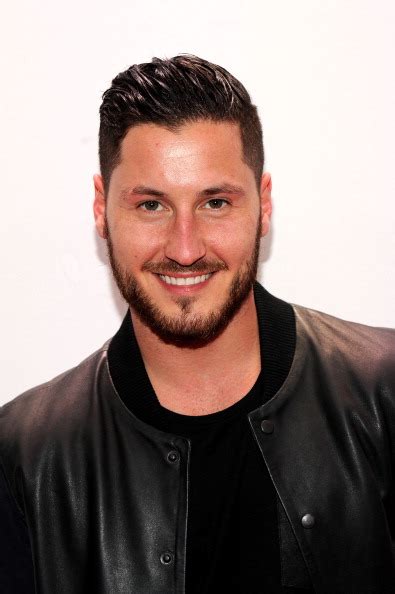A Quote by Isadora Duncan
The dancer's body is simply the luminous manifestation of the soul.
Related Quotes
The dancer's body is simply the luminous manifestation of the soul. The true dance is an expression of serenity; it is controlled by the profound rhythm of inner emotion. Emotion does not reach the moment of frenzy out of a spurt of action; it broods first, it sleeps like the life in the seed, and it unfolds with a gentle slowness. The Greeks understood the continuing beauty of a movement that mounted, that spread, that ended with a promise of rebirth.
It takes about ten years to make a mature dancer. The training is twofold. There is the study and practice of the craft in order to strengthen the muscular structure of the body. The body is shaped, disciplined, honored, and in time, trusted. The movement become clean, precise, eloquent, truthful. Movement never lies. It is a barometer telling the state of the soul's weather to all who can read it. This might be called the law of the dancer's life, the law which governs its outer aspects
Meditation is not of the body, not of the mind, not of the soul. Meditation simply means your body, your mind, your soul, all functioning in such a harmony, in such wholeness, humming so beautifully... that they are in a melody, they are one. Your whole being - body, mind, soul - is involved in meditation.
You are not on this planet to produce anything with your body. You are on this planet to produce something with your soul. Your body is simply and merely the tool of your soul. Your mind is the power that makes the body go. So what you have here is a power tool, used in the creation of the soul's desire.
In every man and in every animal, however weak or wicked, great or small, resides the same omnipresent, omniscient soul. The difference is not in the soul, but in the manifestation. Between me and the smallest animal, the difference is only in manifestation, but as a principle he is the same as I am, he is my brother, he has the same soul as I have. This is the greatest principle that India has preached.
The movement of the waves, of winds, of the earth is ever in the same lasting harmony. We do not stand on the beach and inquire of the ocean what was its movement of the past and what will be its movement of the future. We realize that the movement peculiar to its nature is eternal to its nature. The dancer of the future will be one whose body and soul have grown so harmoniously together that the natural language of that soul will have become the movement of the body.
There are likewise three kinds of dancers: first, those who consider dancing as a sort of gymnastic drill, made up of impersonal and graceful arabesques; second, those who, by concentrating their minds, lead the body into the rhythm of a desired emotion, expressing a remembered feeling or experience. And finally, there are those who convert the body into a luminous fluidity, surrendering it to the inspiration of the soul.
